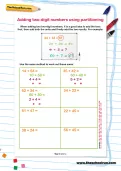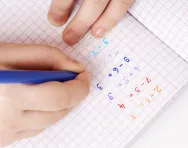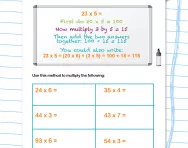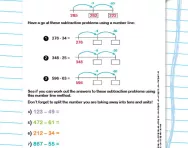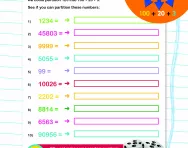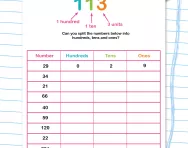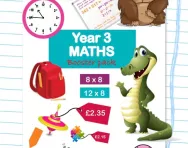TheSchoolRun.com closure date
As we informed you a few months ago, TheSchoolRun has had to make the difficult decision to close due to financial pressures and the company has now ceased trading. We had hoped to keep our content available through a partnership with another educational provider, but this provider has since withdrawn from the agreement.
As a result, we now have to permanently close TheSchoolRun.com. However, to give subscribers time to download any content they’d like to keep, we will keep the website open until 31st July 2025. After this date, the site will be taken down and there will be no further access to any resources. We strongly encourage you to download and save any resources you think you may want to use in the future.
In particular, we suggest downloading:
- Learning packs
- All the worksheets from the 11+ programme, if you are following this with your child
- Complete Learning Journey programmes (the packs below include all 40 worksheets for each programme)
You should already have received 16 primary school eBooks (worth £108.84) to download and keep. If you haven’t received these, please contact us at [email protected] before 31st July 2025, and we will send them to you.
We are very sorry that there is no way to continue offering access to resources and sincerely apologise for the inconvenience caused.
Adding two-digit numbers using partitioning
When adding two two-digit numbers, it is a good idea to add the tens first, then add both the units and finally add the two results. Can you use this method to work out these sums?
What is partitioning in Year 3 maths?
Partitioning is a method used to solve math problems involving large numbers by breaking them down into smaller, more manageable parts.
Younger children will initially learn to divide these numbers into individual units, allowing them to add these smaller segments together. Older children can isolate all the tens and work down to the single units, simplifying the problem step by step. This approach helps make complex calculations much easier for young learners to handle.
What is an example of addition using the partitioning method in Year 3?
Let's use the sum 47 + 35
First, we break down each number into tens and units.
- 47 = 40 + 7
- 35 = 30 + 5
Then we add the tens of each number together.
- 40 + 30 = 70
Now, add the units of each number together.
- 7 + 5 = 12
Finally, combine the results.
- 70 + 12 = 82
How will this partitioning worksheet help your Year 3 child?
This activity was created by an experienced educator with the purpose of refreshing and consolidating your child's knowledge of how to add two-digit numbers using the partitioning method. Your child will be guided through the steps and then asked to apply their knowledge and answer questions on their own.
For more help with Year 3 maths, check out our hub page, or try a new activity such as Year 3 problem solving: addition.
